ORNL develops lignin-based thermoplastic conversion process
Updated: 2012-11-30 21:00:05
Turning lignin, a plant's structural "glue" and a byproduct of the paper and pulp industry, into something considerably more valuable is driving a research effort headed by Amit Naskar of Oak Ridge National Laboratory.read more

 A new book argues that dinosaur reconstructions, which stretch skin over bone, are bound to be inaccurate and imagines what the creatures may have looked with more fat, feathers and accessory adornments
A new book argues that dinosaur reconstructions, which stretch skin over bone, are bound to be inaccurate and imagines what the creatures may have looked with more fat, feathers and accessory adornments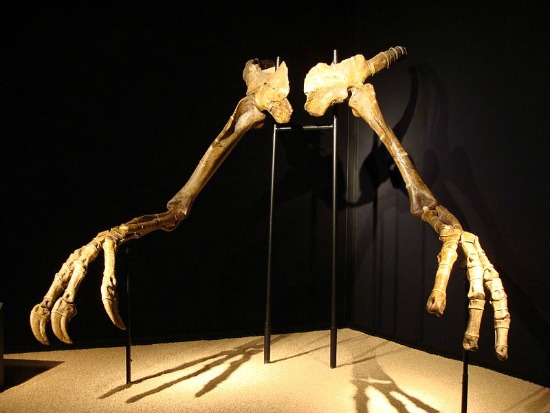 Were these Late Cretaceous dinosaurs just the culmination of an evolutionary trend towards ever-larger body size or was something else at work?
Were these Late Cretaceous dinosaurs just the culmination of an evolutionary trend towards ever-larger body size or was something else at work? Was the early bird Archaeopteryx more of a glider than a flier?
Was the early bird Archaeopteryx more of a glider than a flier? 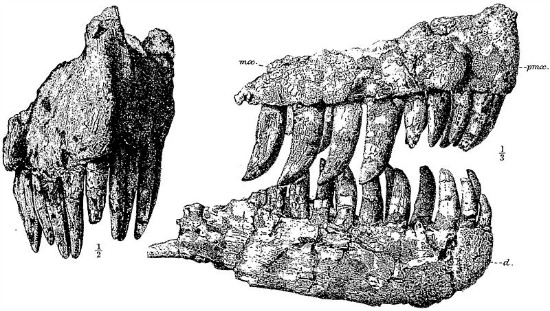 A set of partial jaws hold an important place in the history of South American paleontology, but what sort of dinosaur do they represent?
A set of partial jaws hold an important place in the history of South American paleontology, but what sort of dinosaur do they represent?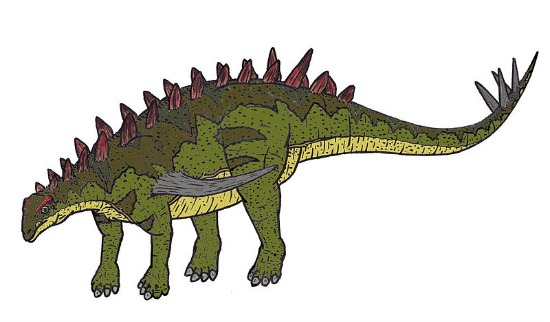 Gigantspinosaurus had enormous shoulder spikes, but what were these ornaments used for?
Gigantspinosaurus had enormous shoulder spikes, but what were these ornaments used for? Stegosaurus is immediately recognizable for its prominent plates, but why did these structures actually evolve?
Stegosaurus is immediately recognizable for its prominent plates, but why did these structures actually evolve? Everyone knows that birds are dinosaurs, but what kind of dinosaur is your holiday turkey?
Everyone knows that birds are dinosaurs, but what kind of dinosaur is your holiday turkey?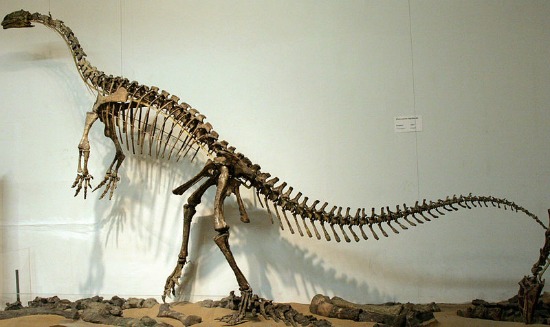 When did dinosaurs start to become giants? Enigmatic bone fragments found in England complicate the debate
When did dinosaurs start to become giants? Enigmatic bone fragments found in England complicate the debate Slender limb bones found in Argentina give away a new species of tiny dinosaur
Slender limb bones found in Argentina give away a new species of tiny dinosaur New dinosaurs are always cause for excitement, but the real joy of paleontology is investigating dinosaur lives
New dinosaurs are always cause for excitement, but the real joy of paleontology is investigating dinosaur lives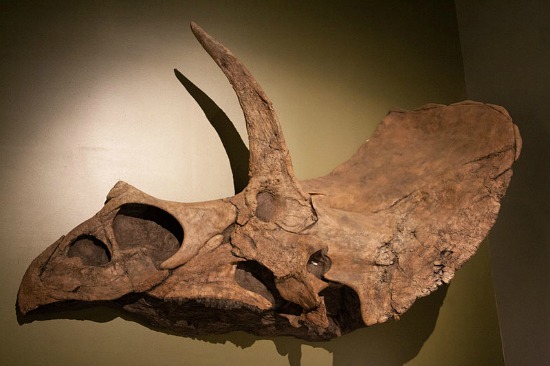 The recently discovered Eotriceratops might yield important clues about how the famous Triceratops evolved
The recently discovered Eotriceratops might yield important clues about how the famous Triceratops evolved